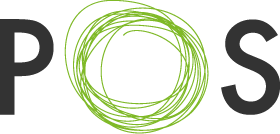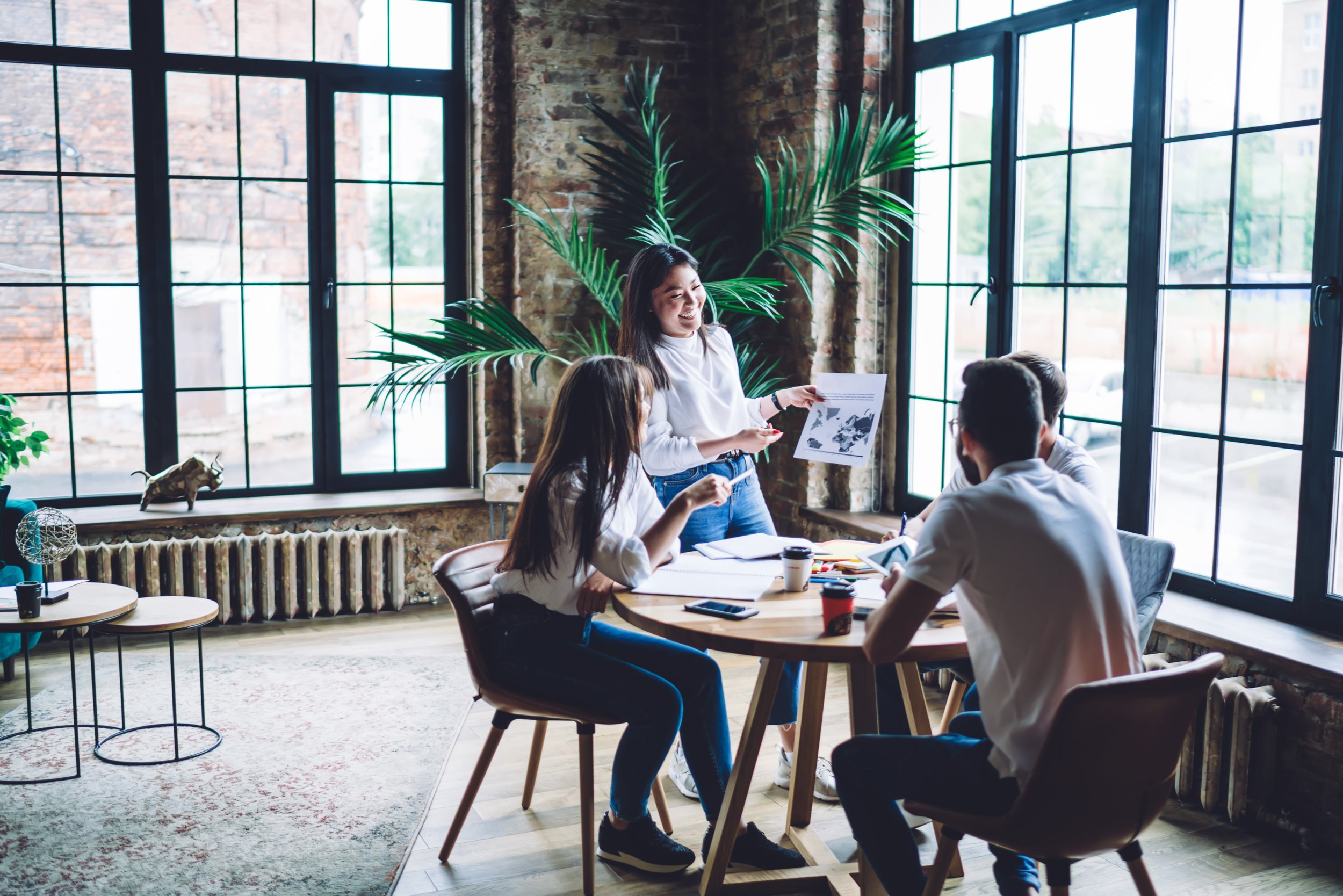Office Building Blocks: How to Maximise Workplace Productivity
Effective workspace design profoundly impacts productivity, boosts efficiency, and fosters innovation. Creating environments that cater to employee happiness and well-being can increase productivity by up to 30%.
The current state of productivity
The challenge of productivity is more acute than ever. Data reveals a stark 20% decline in productivity since 2000, as measured through Gross Value Added. This decline is not isolated to local contexts but can be seen on a global scale, with regions like the UK facing similar challenges.
Chronic underinvestment, a lack of innovation, and the slow diffusion of technology and information underlie this decline. This complex problem highlights that boosting productivity isn’t simply about working more hours but about optimising how these hours are utilised.
Design for productivity
At POS, we understand that the physical working environment significantly impacts employee output and morale. In light of this, we implement several design strategies to maximise their experiences:
Activity-based working: Design versatile spaces that allow employees to choose settings that best suit their tasks, boosting productivity by up to 12%.
Biophilic design: Integrating natural elements into office design can enhance well-being by 15% and boost productivity by 6%.
Ergonomics and personalisation: Tailoring workspaces to fit individual needs can increase productivity by 25%. Proper ergonomic design also reduces health-related absences.
Acoustic comfort: Minimising noise and distractions is crucial. It typically takes 23 minutes to regain focus after an interruption.
Experiential areas: Spaces designed for socialising and collaboration foster creativity and reduce staff turnover by creating a sense of community and belonging. Workspaces that embody company values such as transparency and collaboration influence morale and productivity.
Technology and human-centric design
While essential, technology should integrate seamlessly within physical spaces to promote collaboration and well-being. Tools like digital whiteboards and smart booking systems demonstrate how technology can streamline workspaces.
Moreso, as we embrace AI technologies, we must consider the adverse effects of too much technology on well-being. Offering 'tech-free' zones provides necessary breaks from digital noise, helping to reduce stress, improve focus and promote overall wellness.
Our commitment to inclusive design ensures that our workspaces are accessible to everyone, including those with physical disabilities, neurodiversity and older employees. Features like adaptable lighting and sound-absorbing materials cater to a diverse workforce, ensuring everyone can perform optimally in a supportive environment.
Sustainability
Despite clear benefits, features like acoustics and quiet areas often face cuts due to budget constraints, a process known as 'value engineering.' Sustainability often starts as a well-intentioned ideal but can then be overlooked. Committing to sustainability from the project's outset ensures these priorities remain integral throughout the lifecycle, offering long-term environmental, cost and productivity benefits.
How POS can help you with workplace consultancy
We can help you with your business by envisioning and realising your ideal work environment, which will not only maximise productivity but also create a happy and employee-centric workplace. POS offers a thorough process of analysing current work practices, company cultures, and well-being initiatives already in place to provide expertise and work with you as you develop and grow.
-
We work closely with you to identify your specific needs, goals, and expectations. By assessing space utilisation, workflows and employee requirements, we develop a comprehensive understanding of your workplace demands, laying the foundation for tailored solutions.
-
Our detailed online questionnaires collect information on your team's demographics, personalities, workspace usage patterns and perceptions of the working environment.
-
We engage with managerial and department heads to gain insight into their unique needs, objectives and future plans. This ensures all perspectives are considered when designing the ideal workspace.
-
We conduct interactive workshops with key stakeholders and leaders to align team aspirations with business objectives. These workshops reveal insights into team interactions, space requirements and preferences for furniture and finishes, shaping the personality and functionality of your future workspace.







